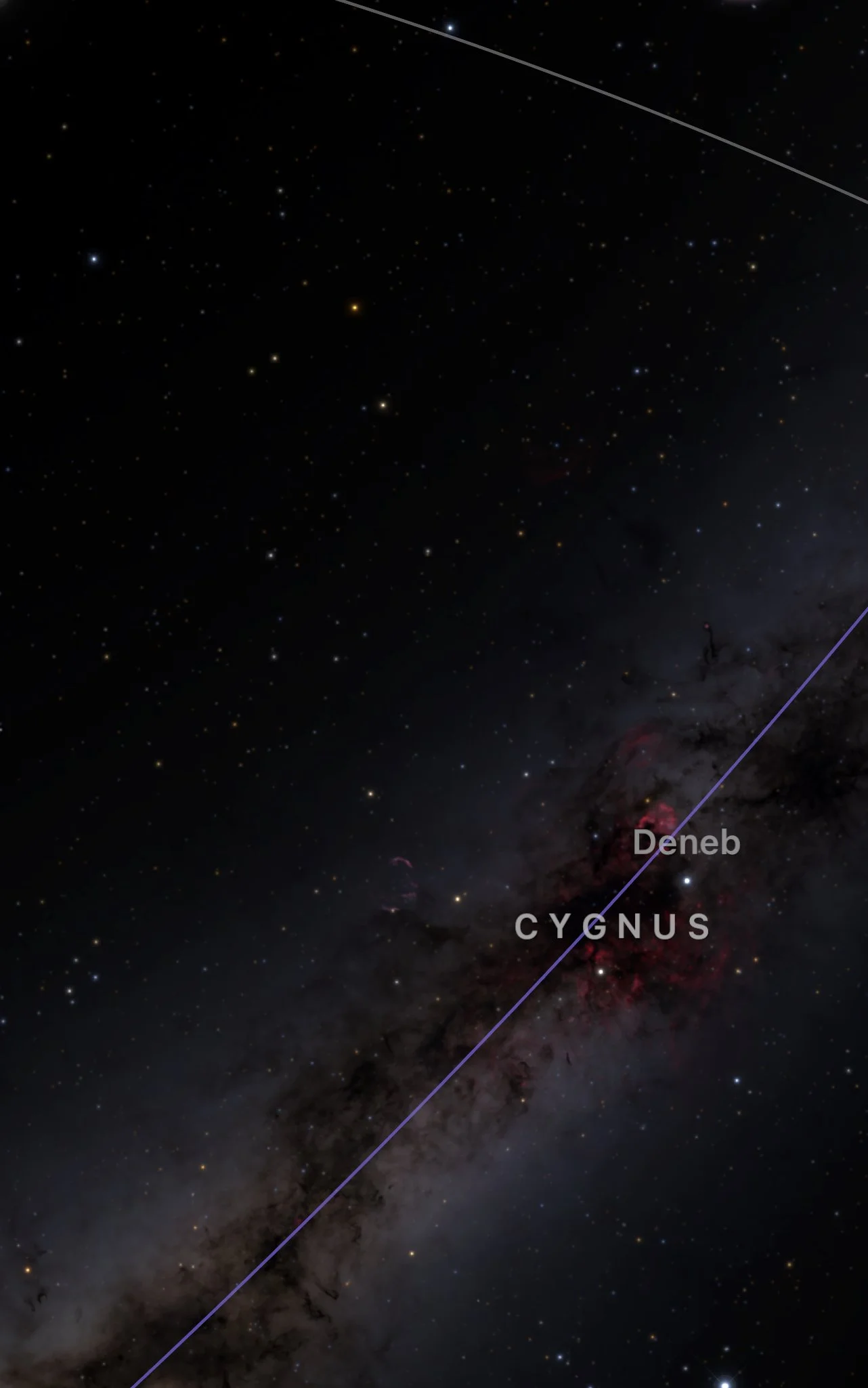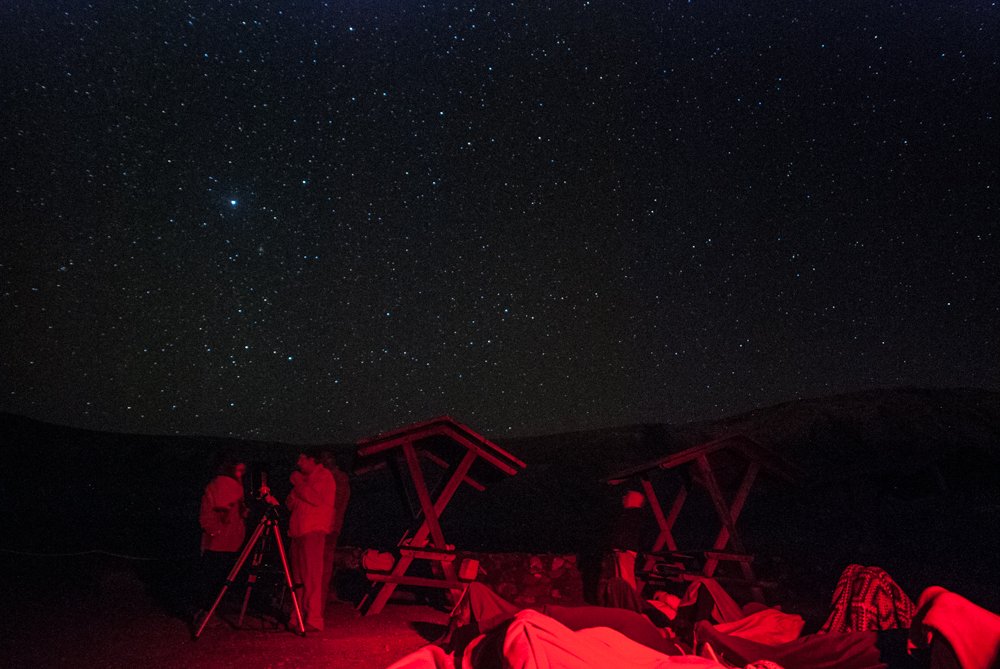....In April, Spring is back in plentitude: the daylight saving is now in progress and the days are longer, as well as the sweeter temperatures that invite us to enjoy the night sky. The great constellations of the winter, such as Orion and Taurus, are still high in the night sky, but they set down earlier and earlier towards the West, leaving the protagonism in the South to the big ship Argo, which carried the hero Jason and his crew in the known Greek myth. This huge constellation of ancient origin, now divided into 4 parts, is marked by the brilliant star Canopus, the second brightest of the sky, not visible from continental Europe.
In the zodiacal zone, together with Leo high in the East, the nice Virgo brings back the myths related to Spring and the goddess Ceres, ancient patron of agriculture. In the following constellation, Libra, we find the king of the planets, Jupiter, who is finally back and fascinates us with his satellites and dark bands that a good telescope is able to reveal.
And, of course, the Moon is faithfully shining in the first days of April in her full phase, which will repeat by the end of the month. But if you love her, we recommend to observe her around the First Quarter, at the beginning of the last week.
Clear skies to everybody! ..
En Abril ya estamos de lleno en la primavera: ya ha entrado el horario de verano y los días se alargan, al mismo tiempo que las temperaturas más suaves invitan a disfrutar del cielo nocturno. Las grandes constelaciones de la estación invernal, como Orión o Tauro, siguen altas en el cielo, pero se ponen cada día más pronto en el Oeste, dejando el protagonismo en el Sur al navío Argo, que transportó el héroe Jasón y a sus compañeros en el famoso mito griego. Esta gran constelación de orígenes muy antiguos, ahora dividida en 4 partes, alberga a la brillante estrella Canopo, la segunda más luminosa del cielo, no visible desde la Europa continental.
En la zona zodiacal, con el León ya alto en el Este, la hermosa Virgo nos trae de vuelta los mitos griegos relacionados con la primavera y la diosa Ceres, antigua patrona de la agricultura.
En la constelación que la sigue, Libra, ya se asoma el rey de los planetas, Júpiter, que nos fascina con sus satélites y sus bandas, que un buen telescopio pone a nuestro alcance.
Y la Luna no falta a su cita mensual, empezando abril con la fase de plenitud, que vuelve también en la última semana. Pero para observarla con más detalles, es recomendable la fase creciente, que este mes corresponde a la última semana.
¡Cielos despejados para todos!....



